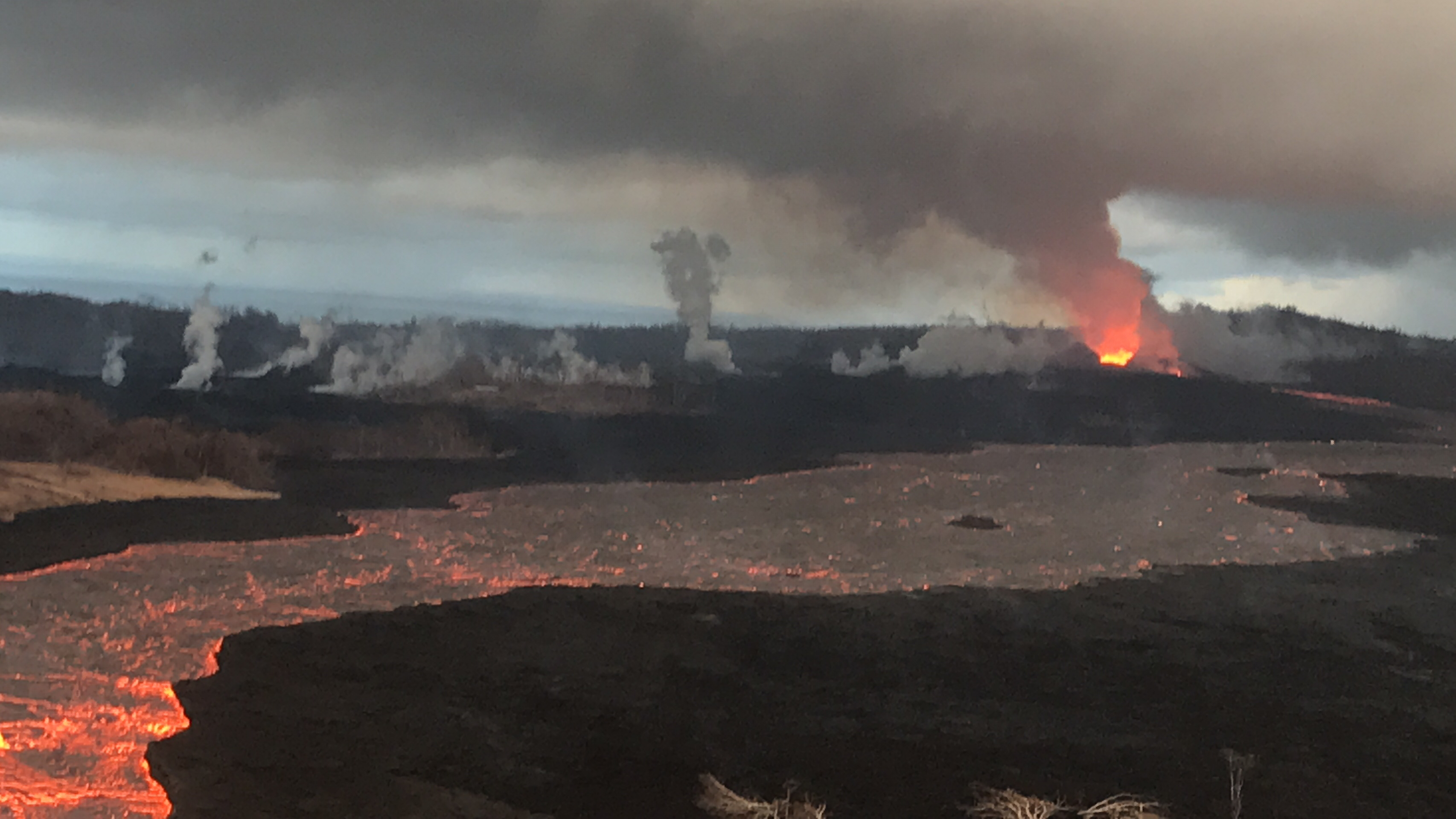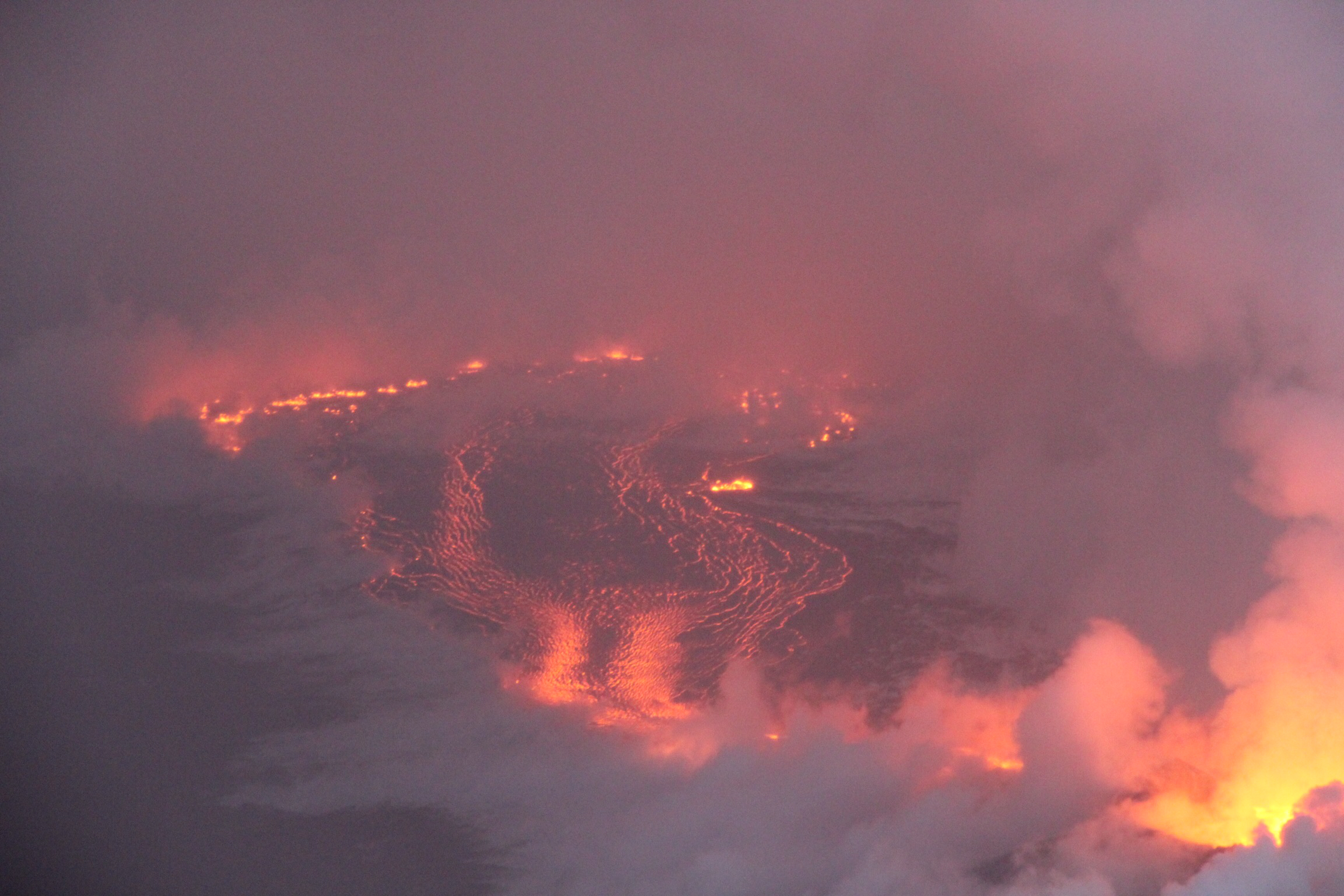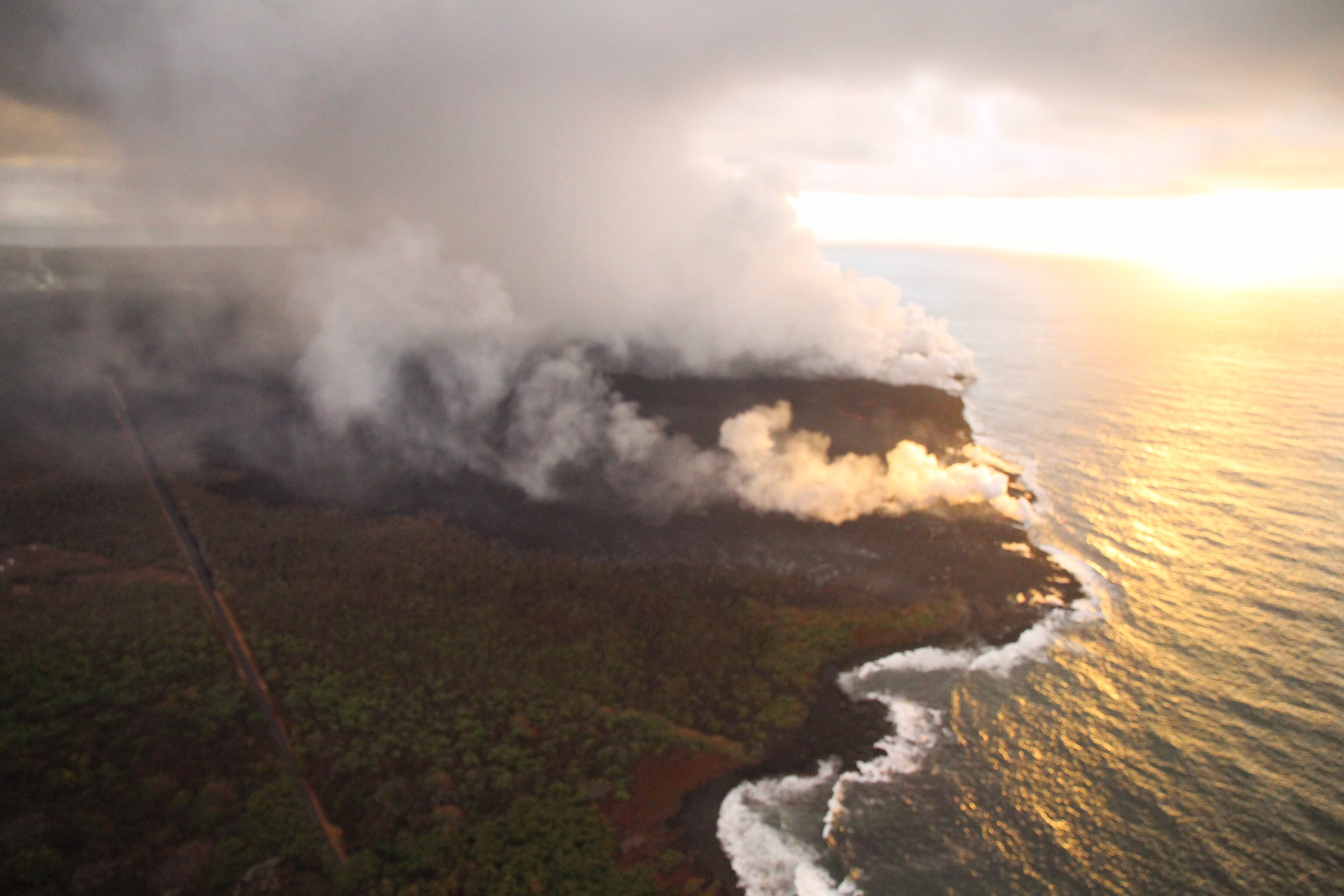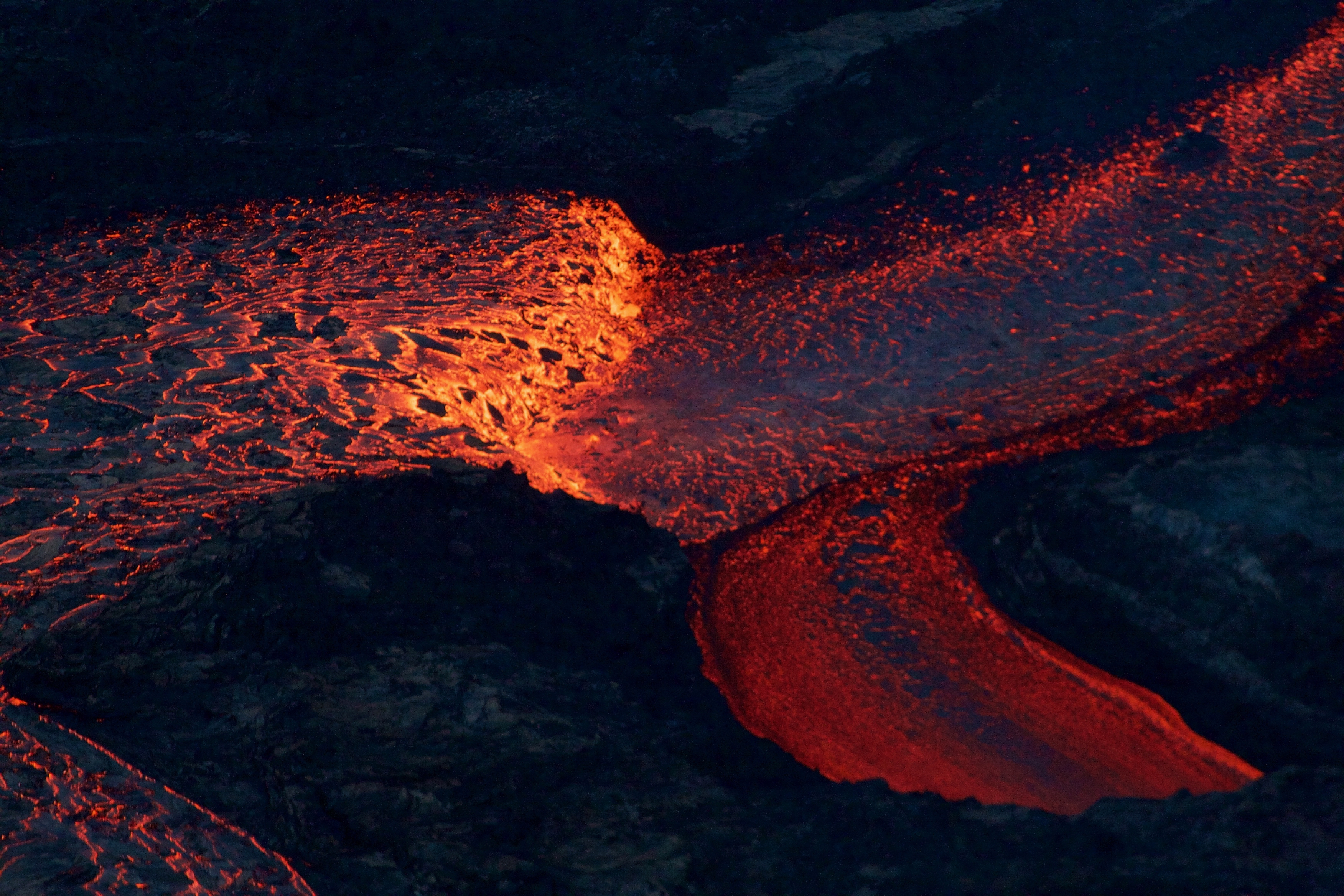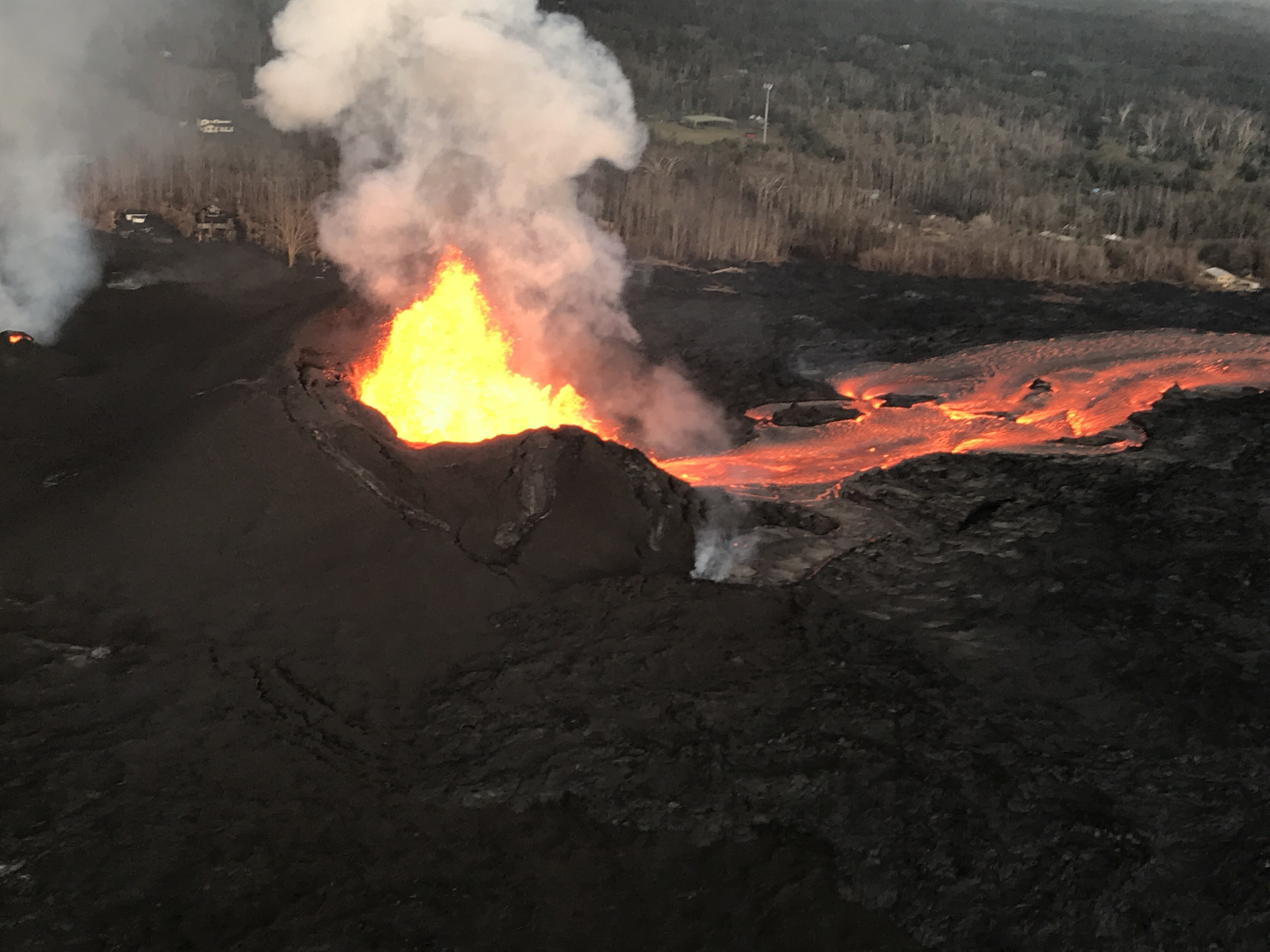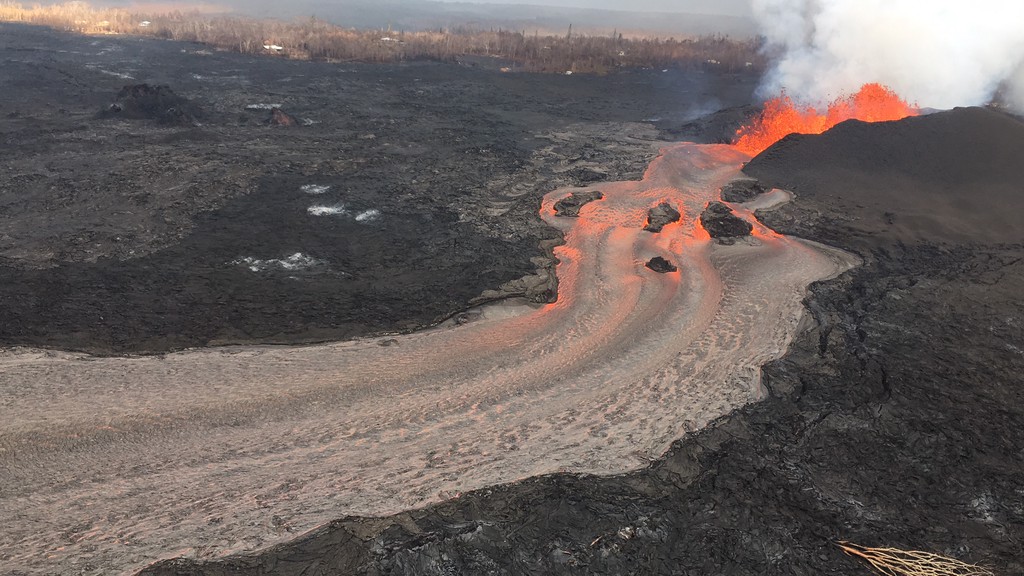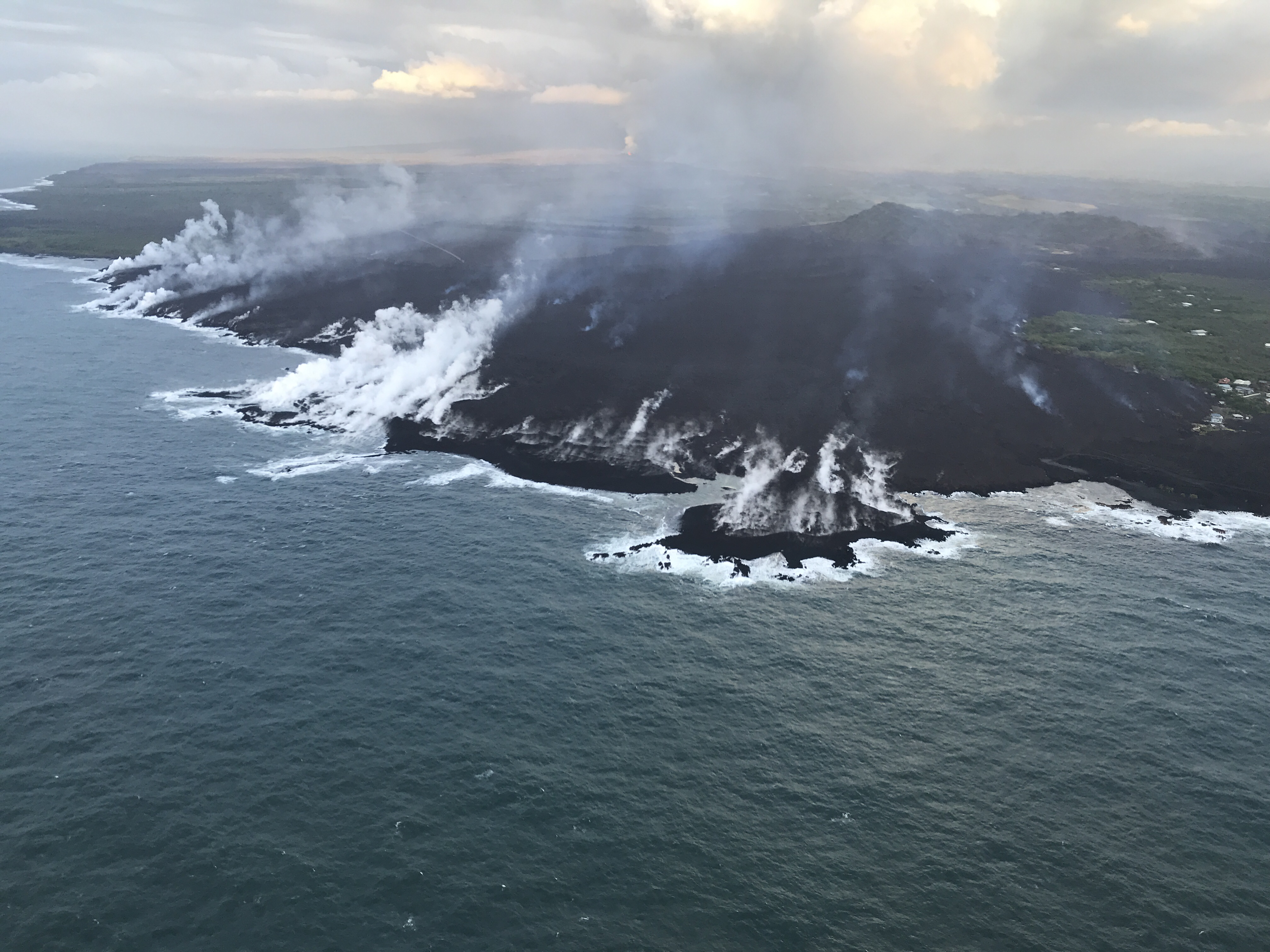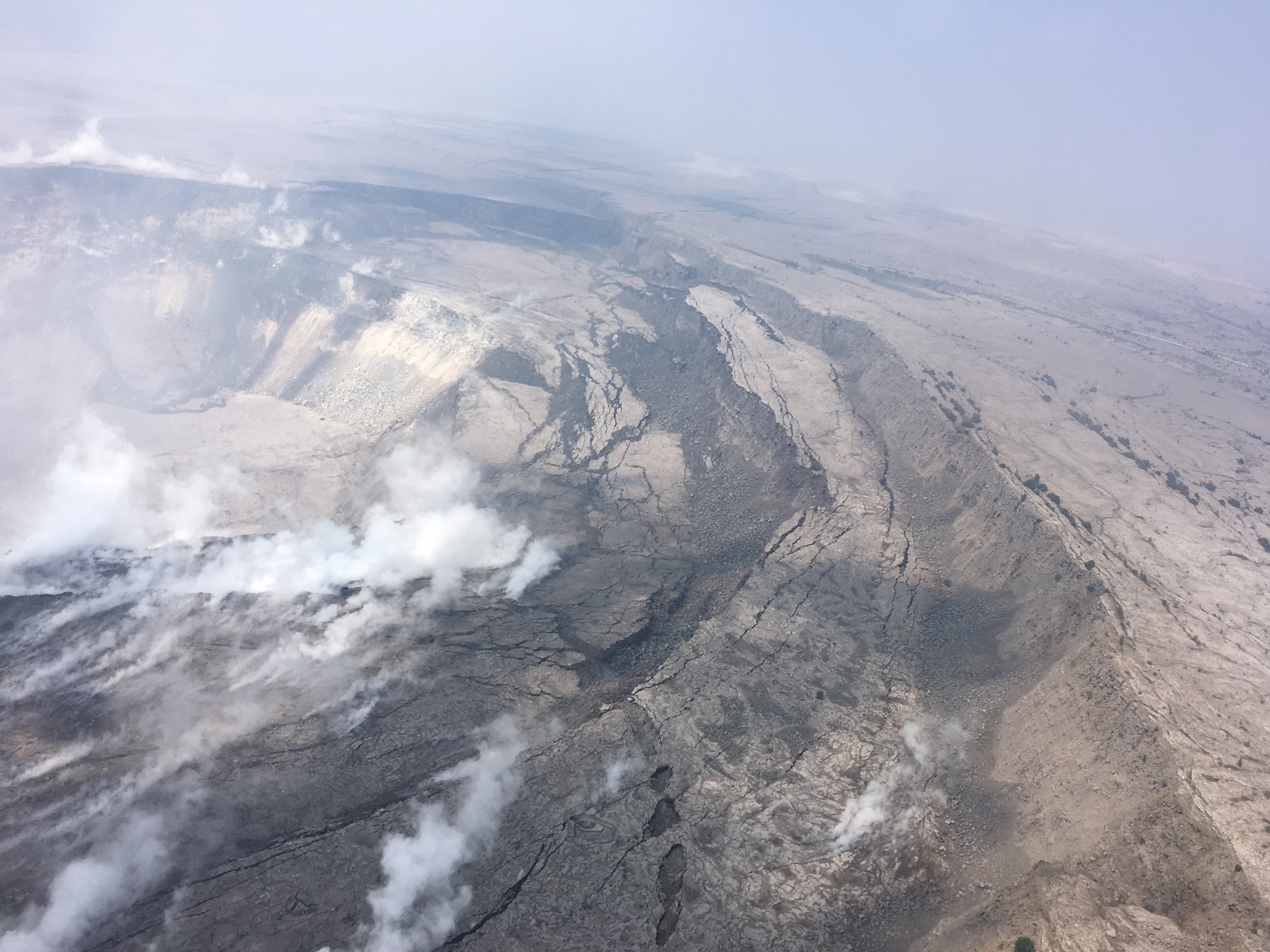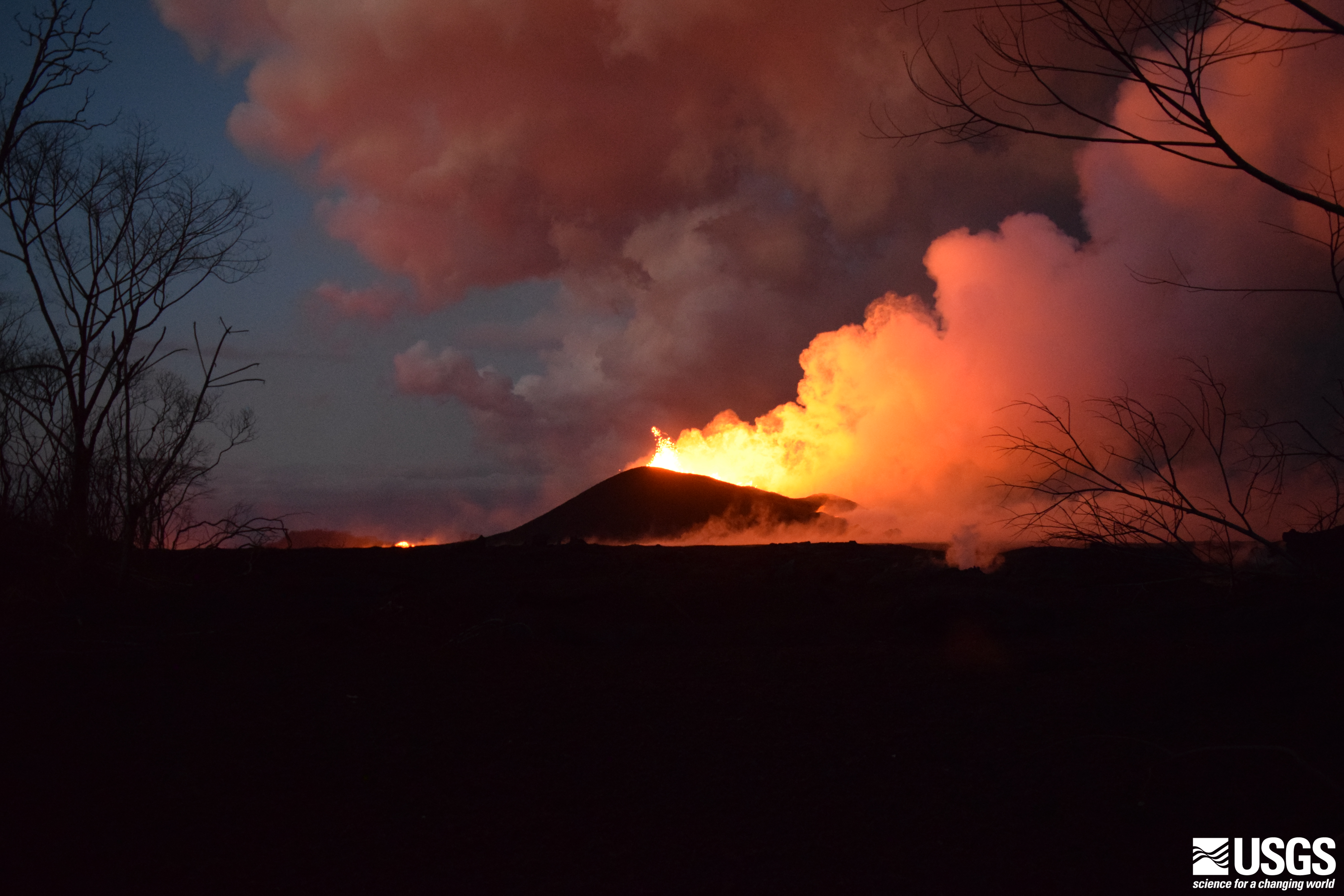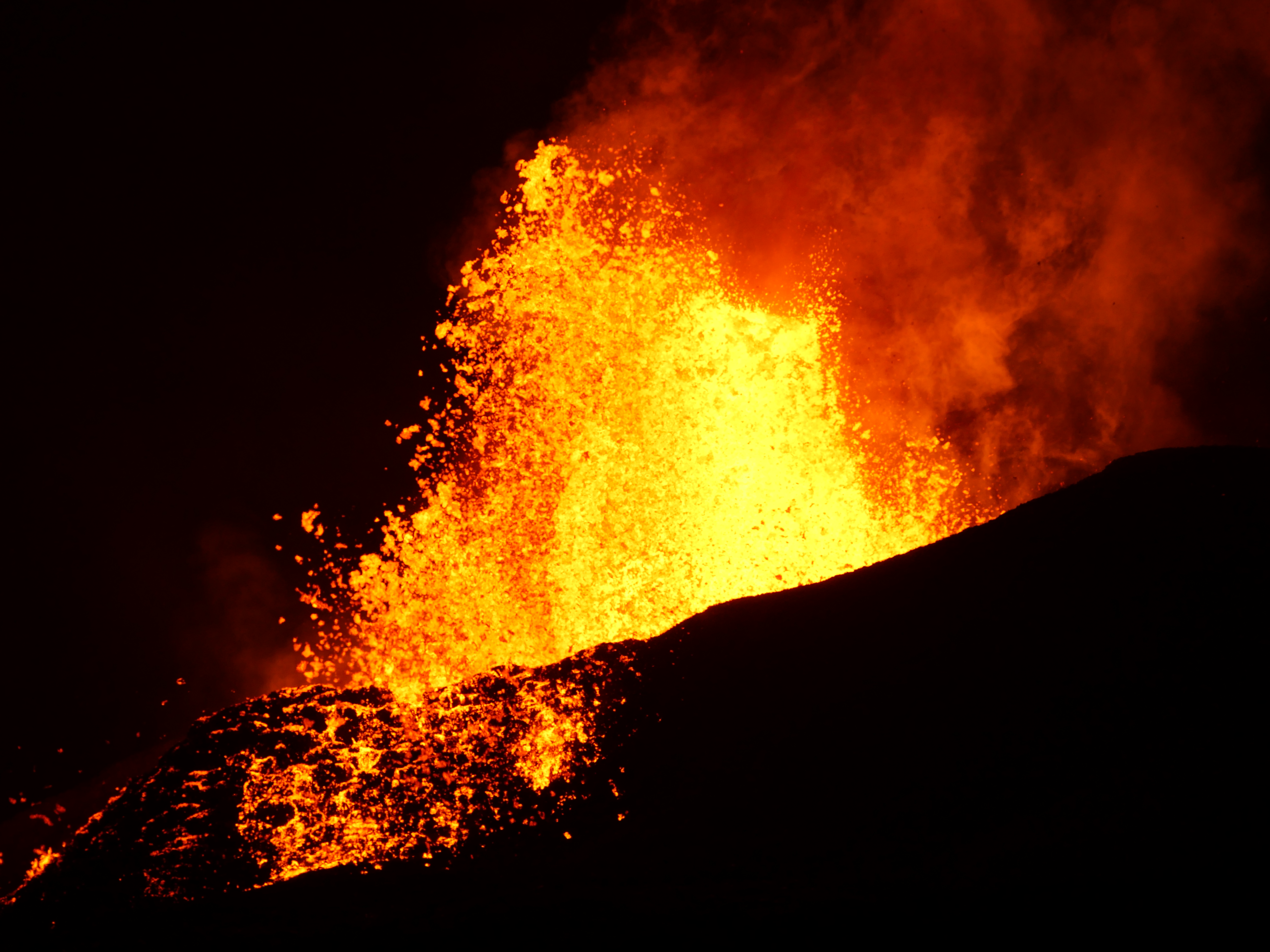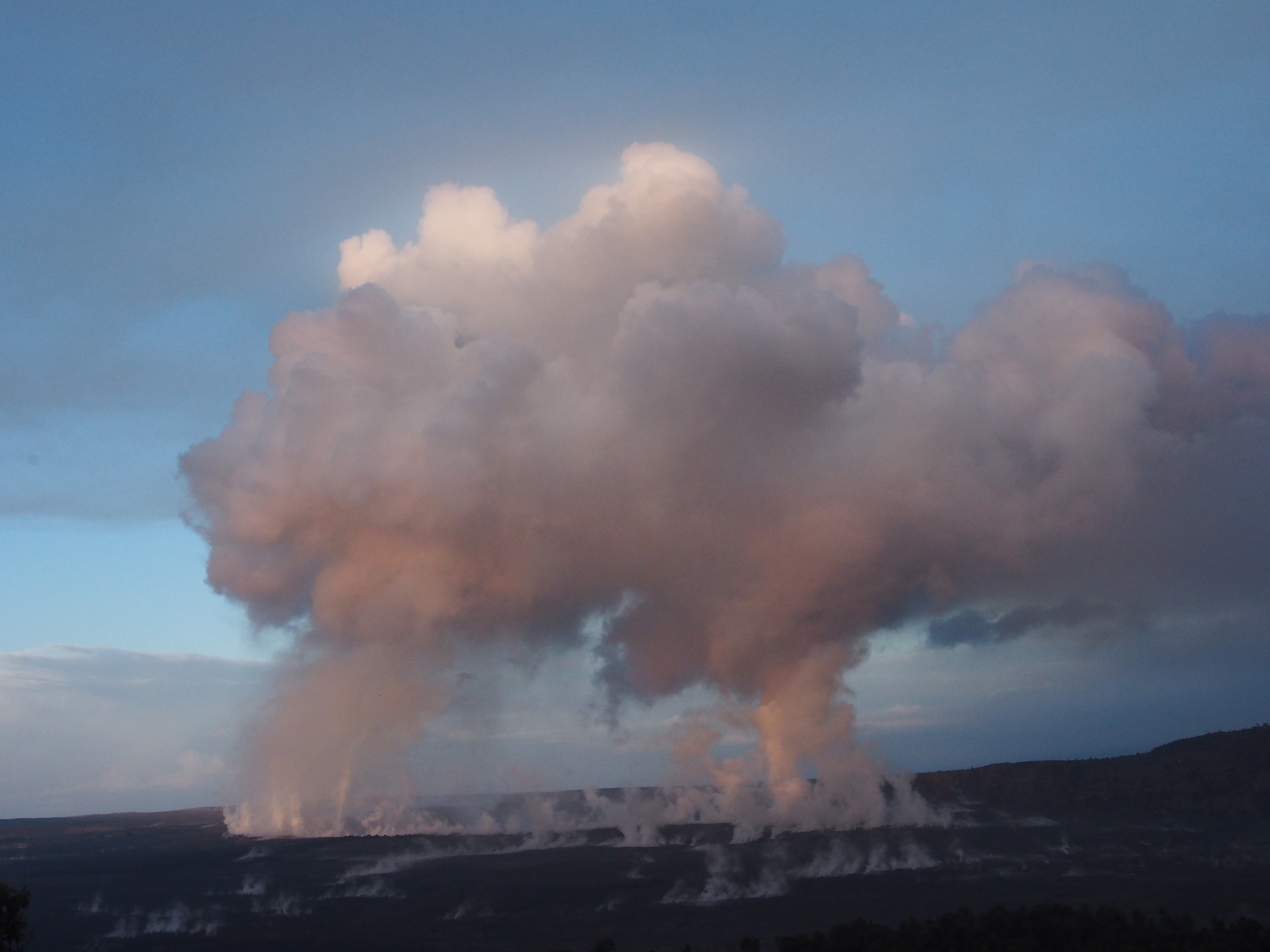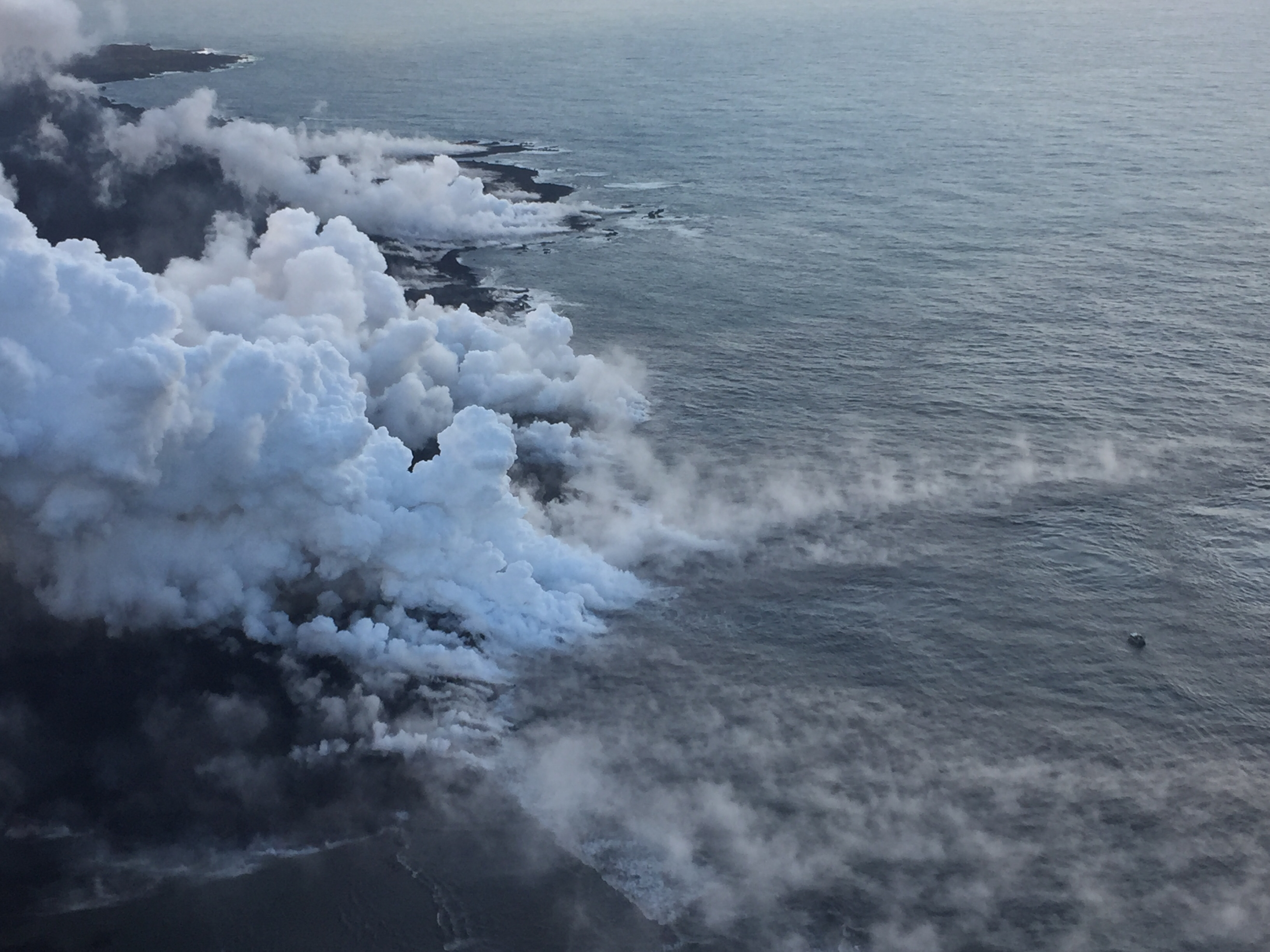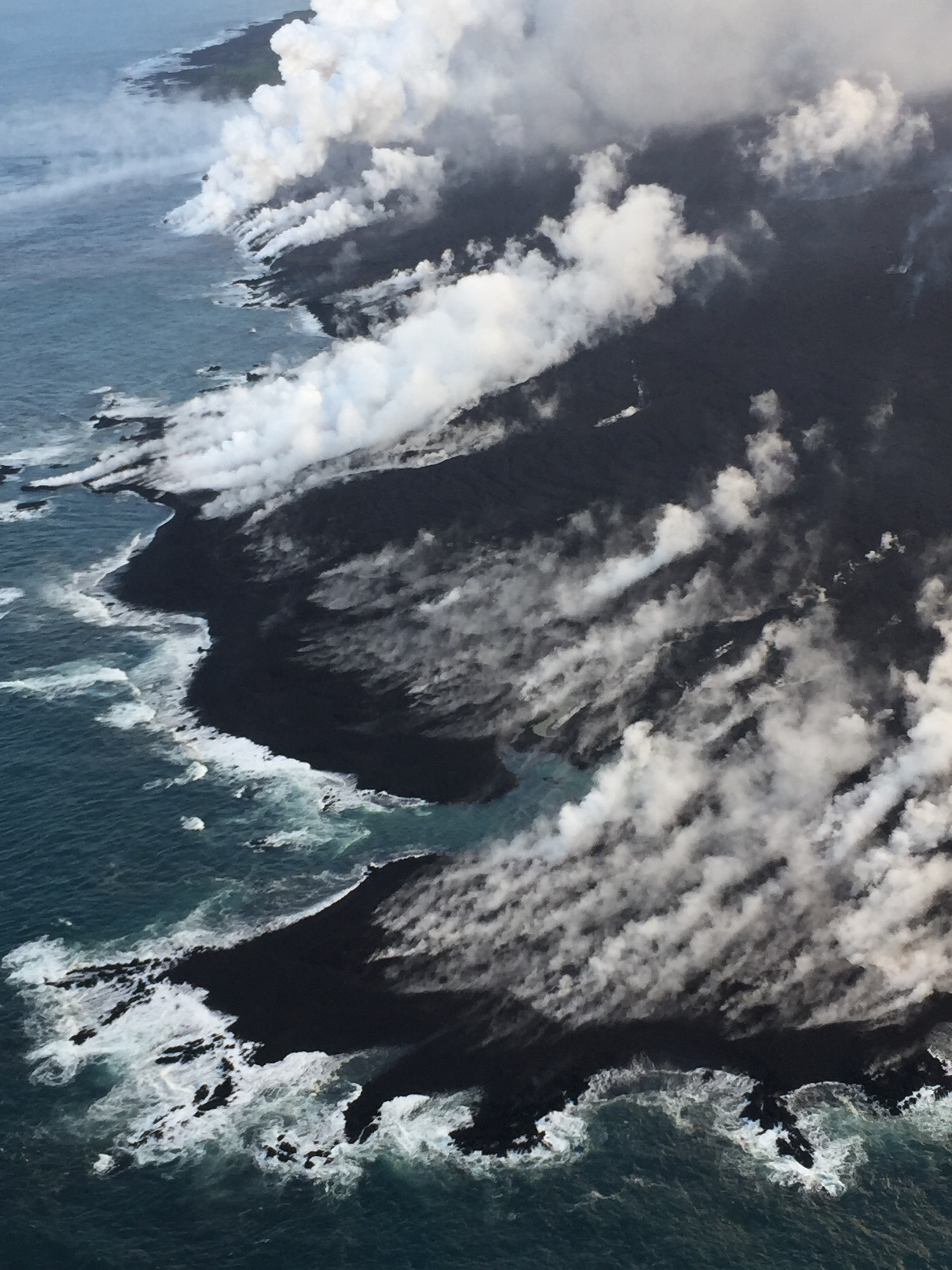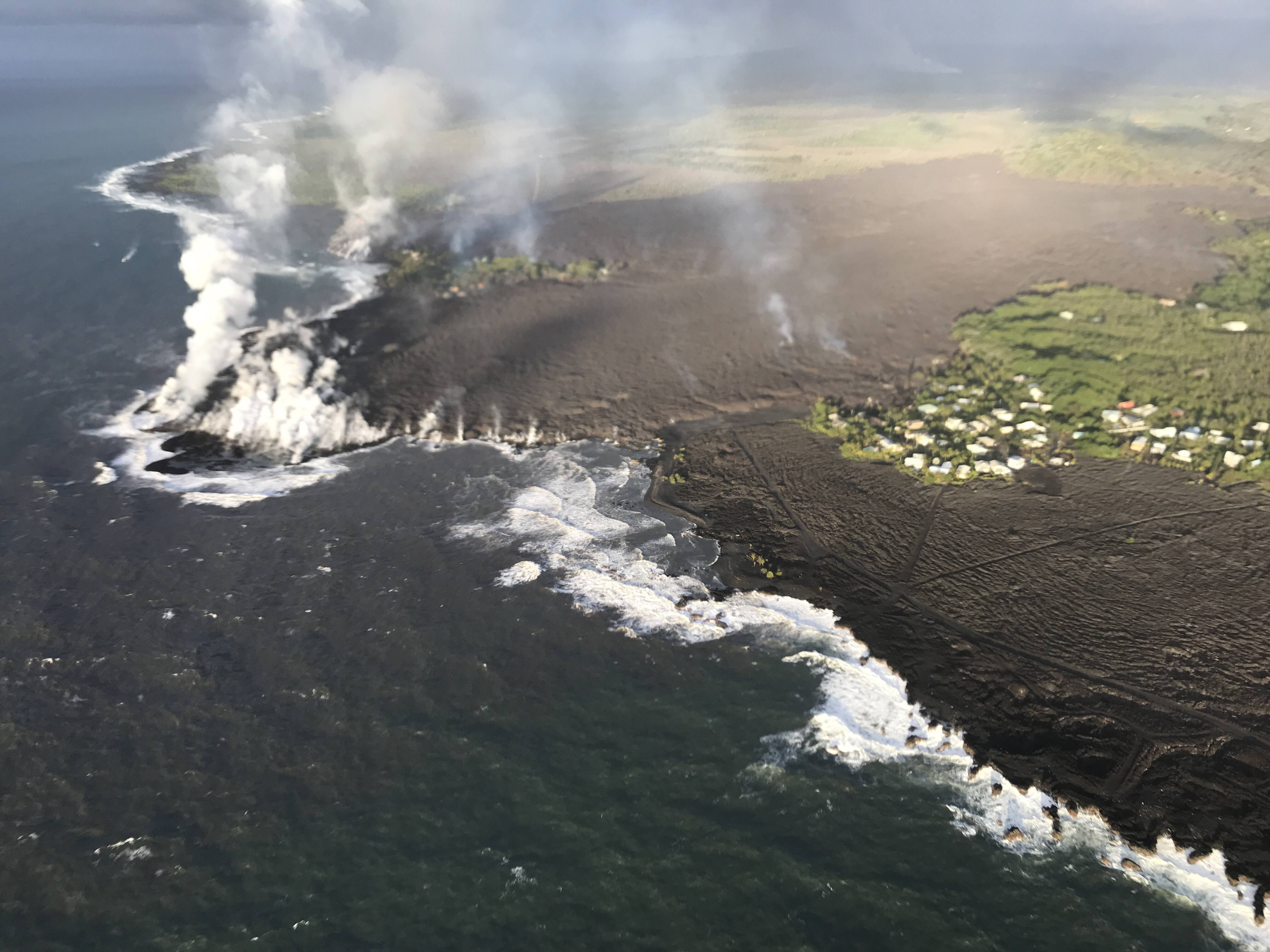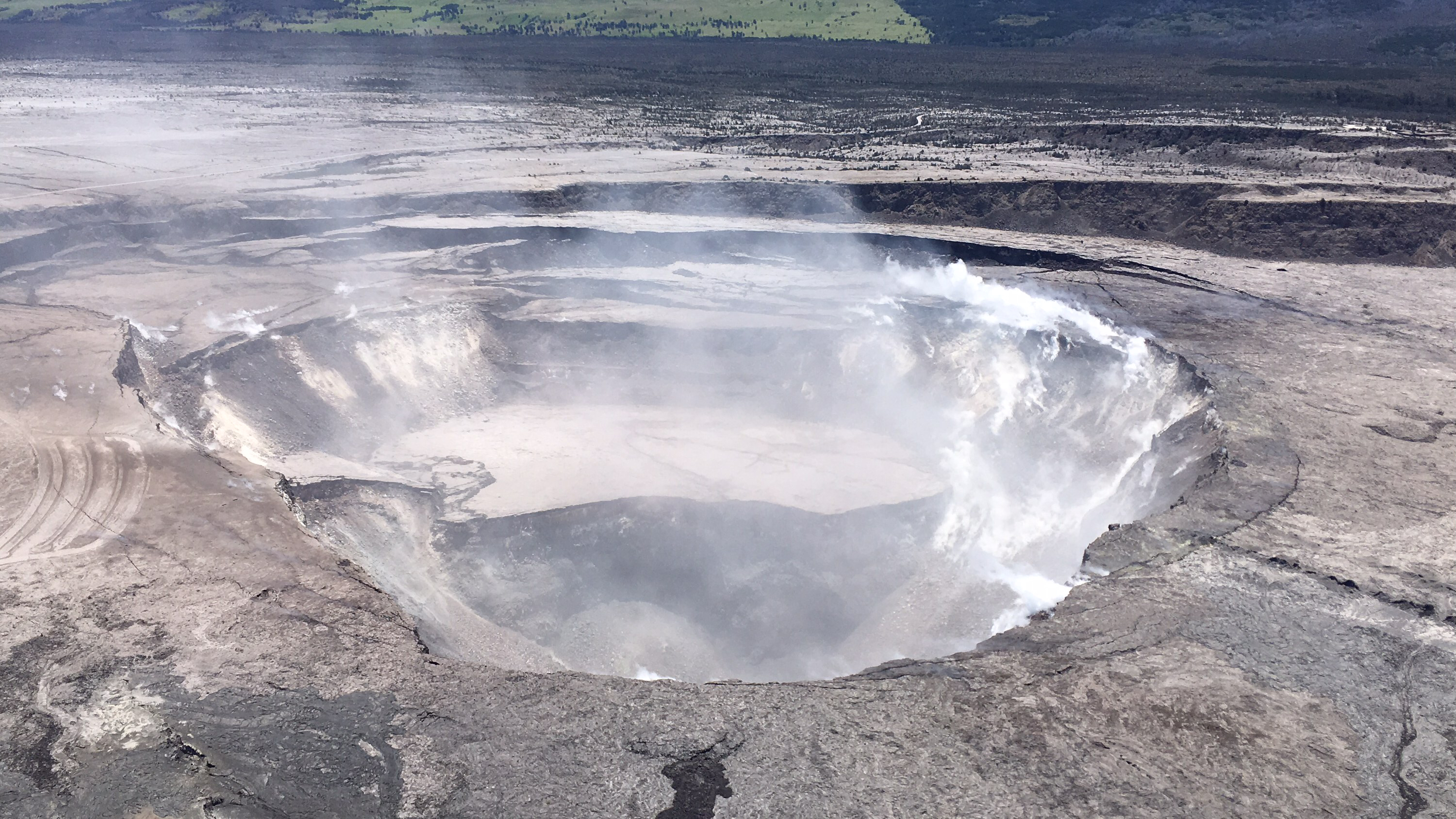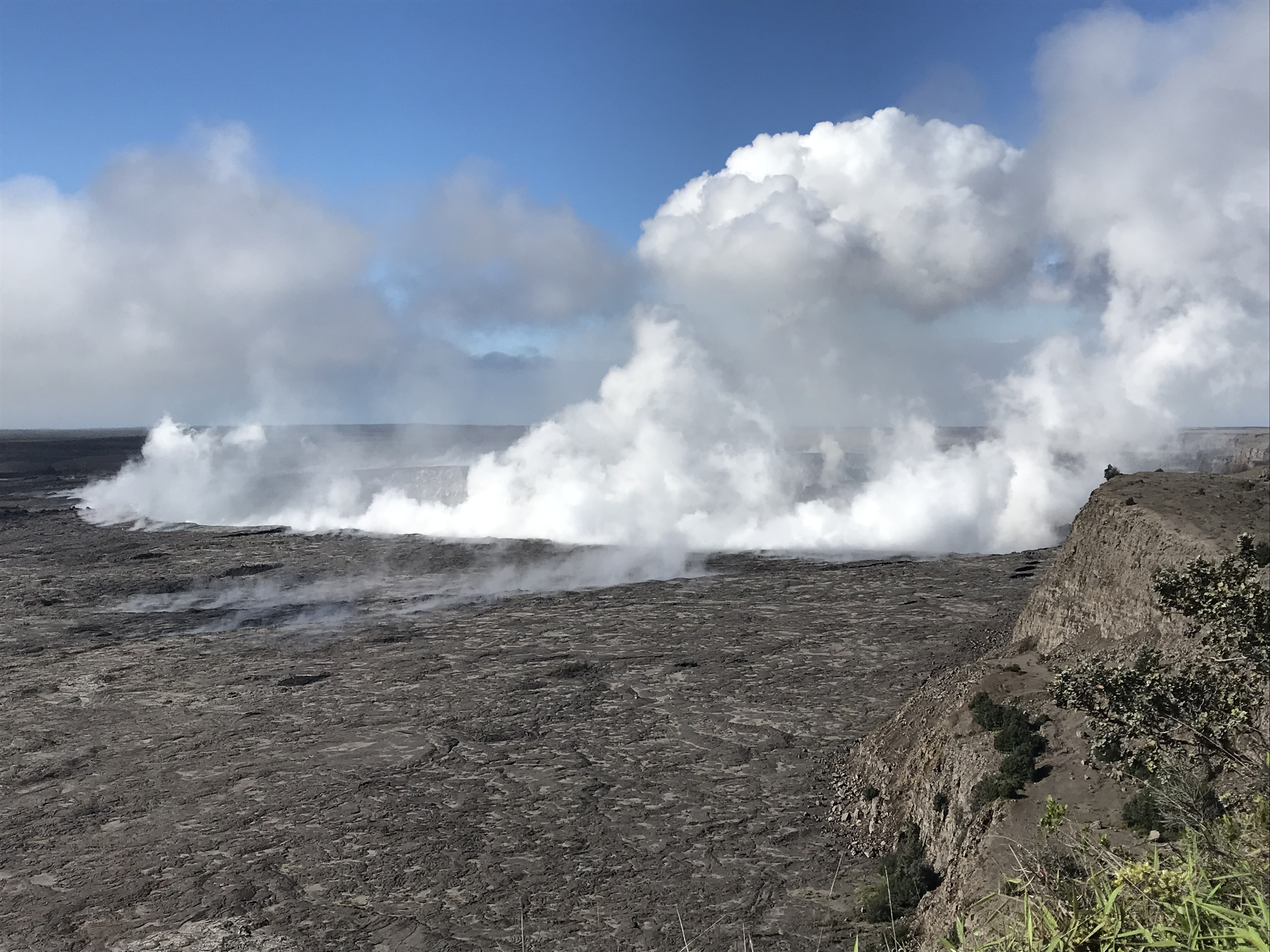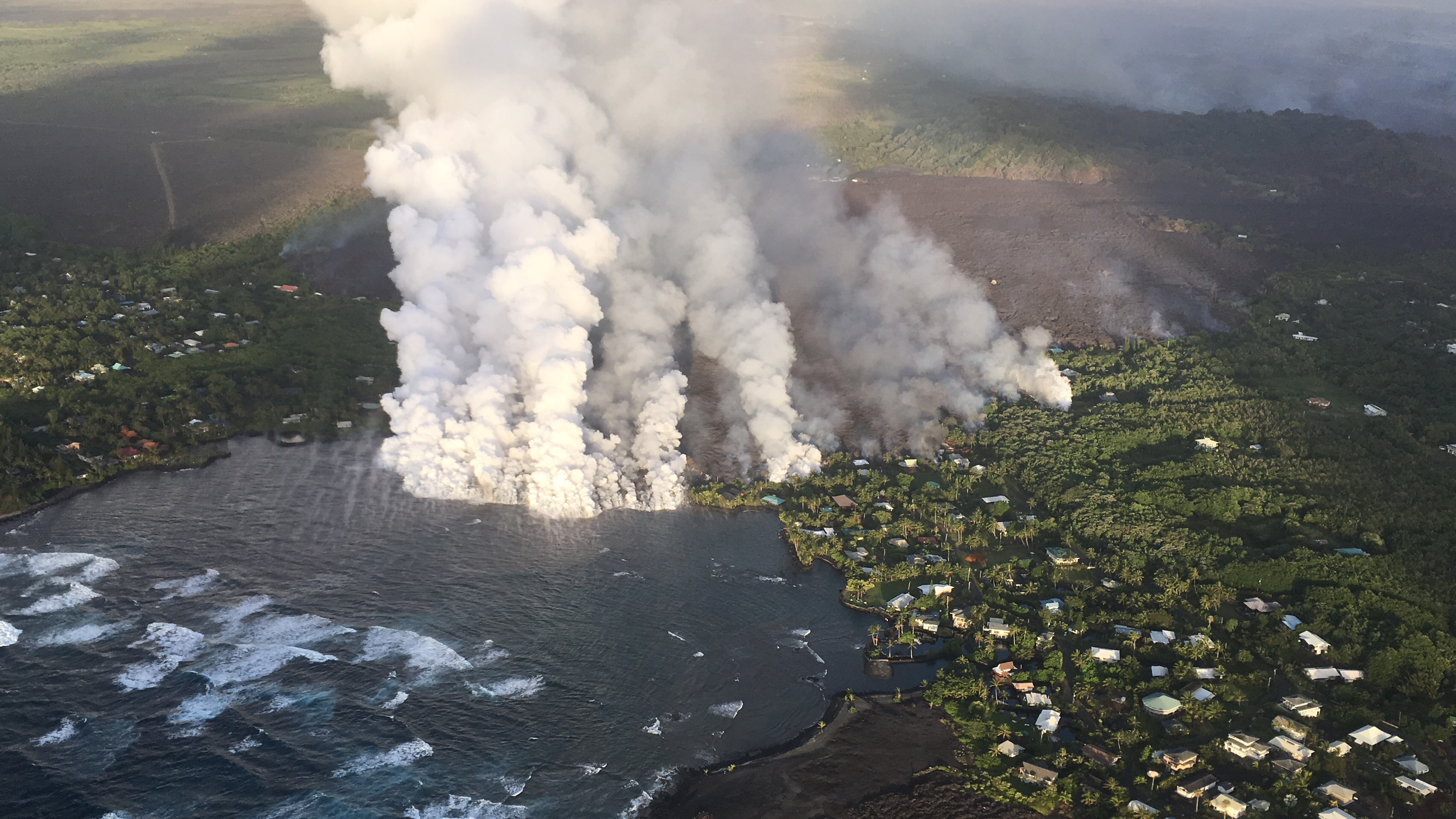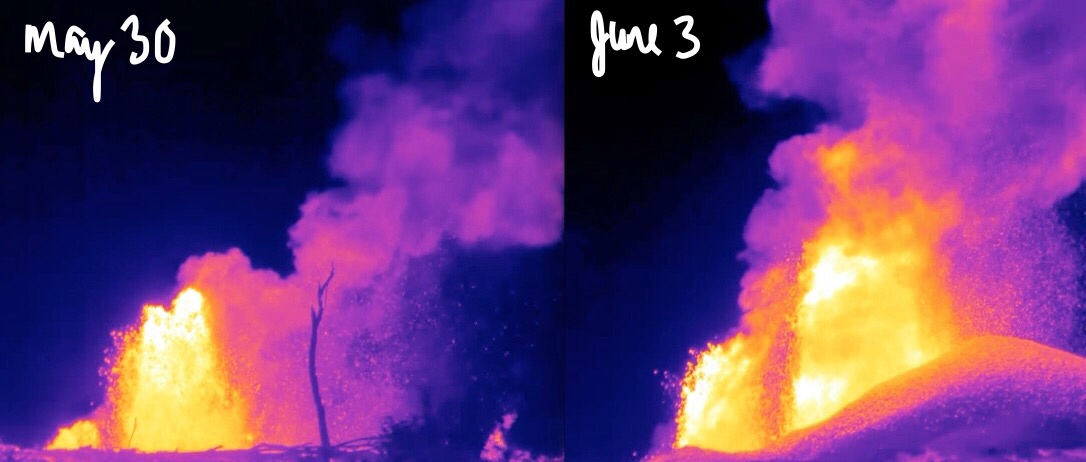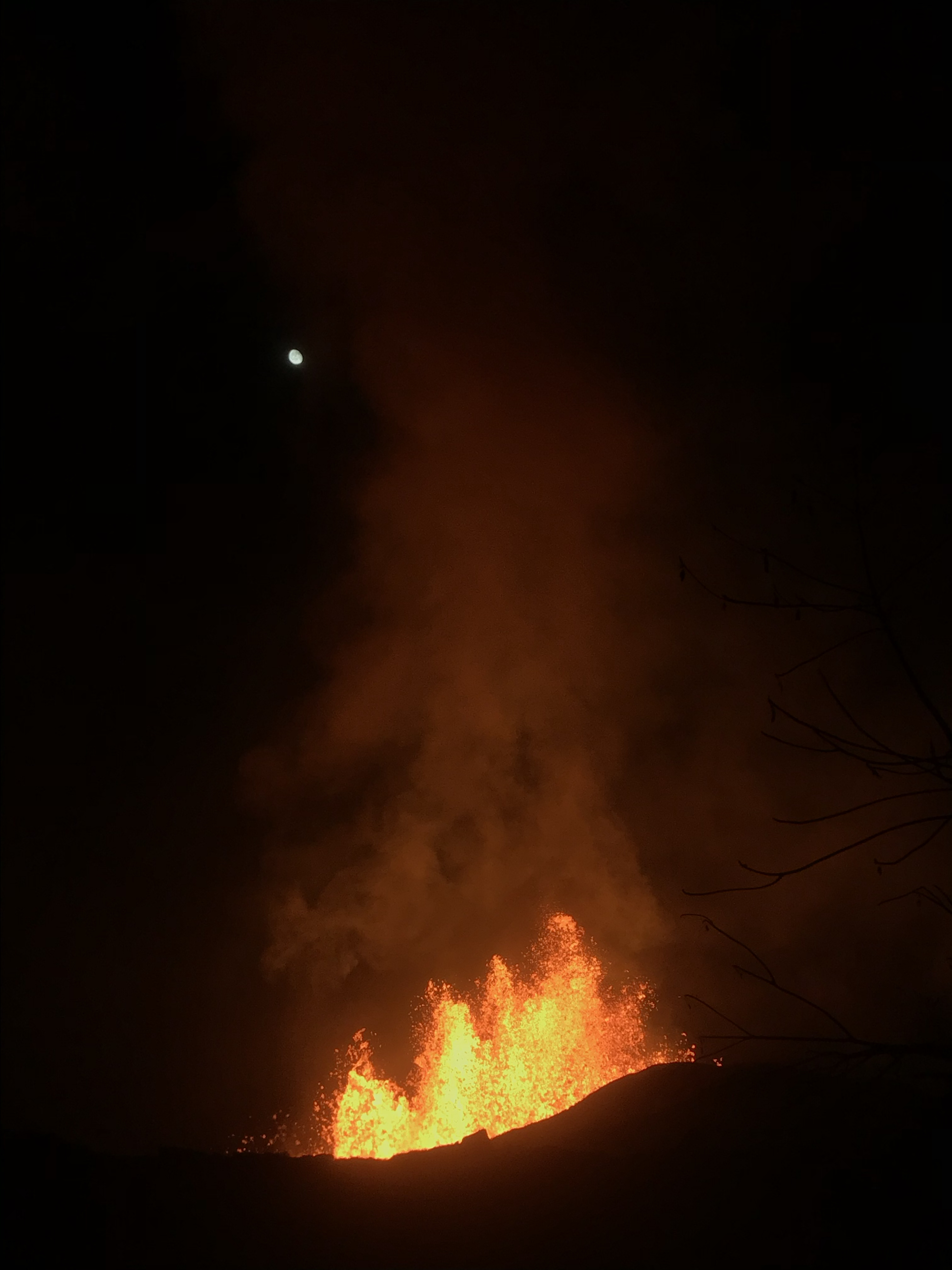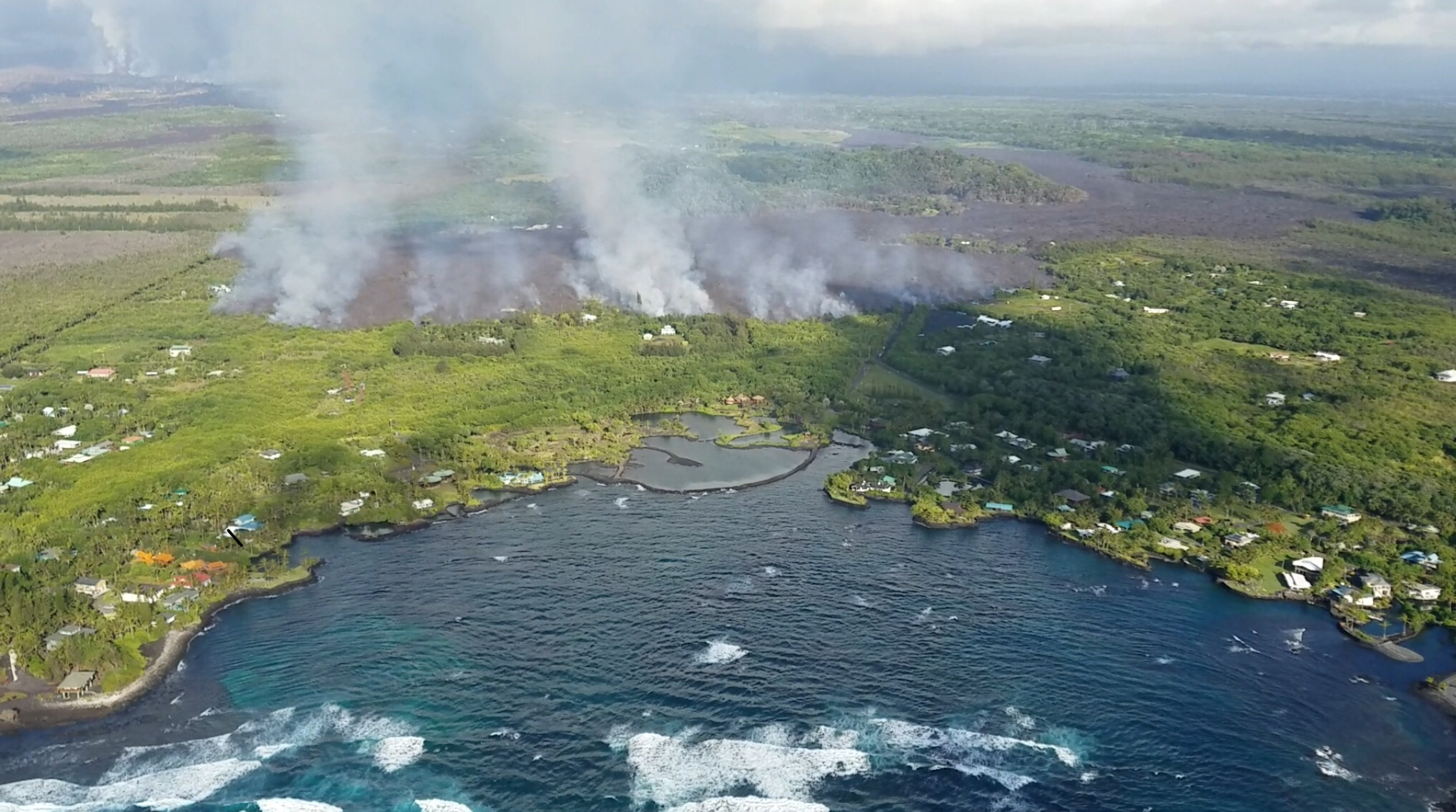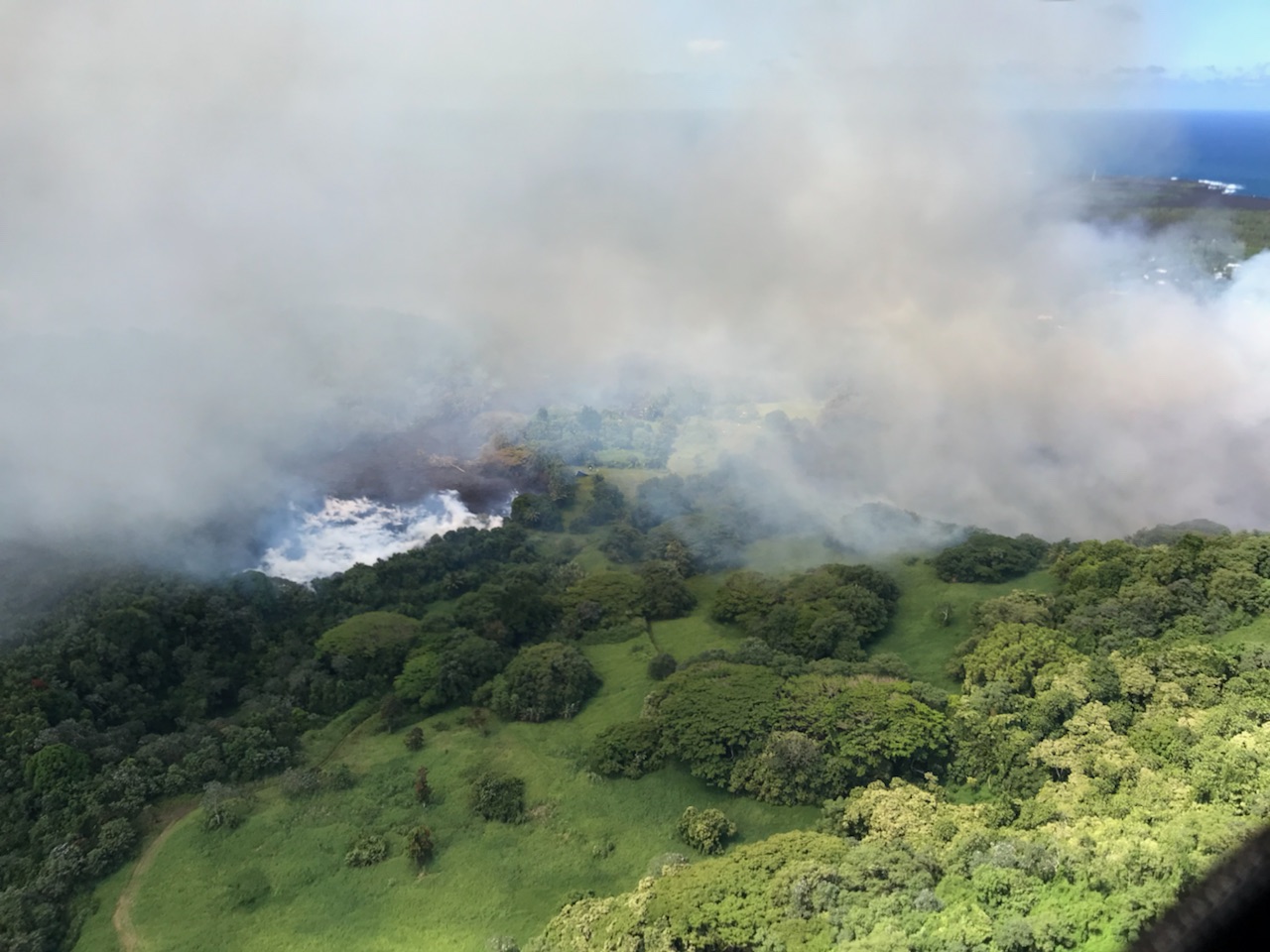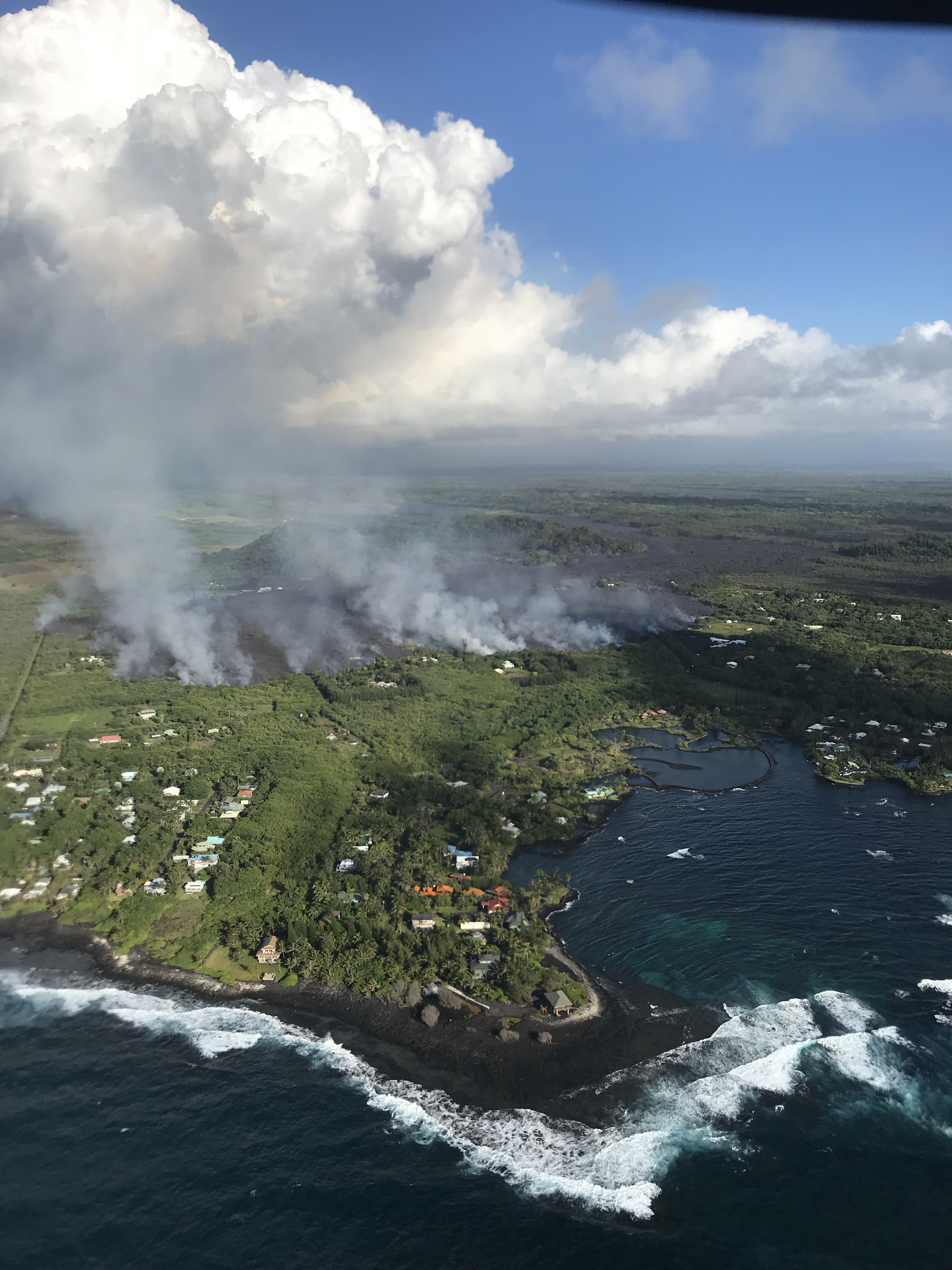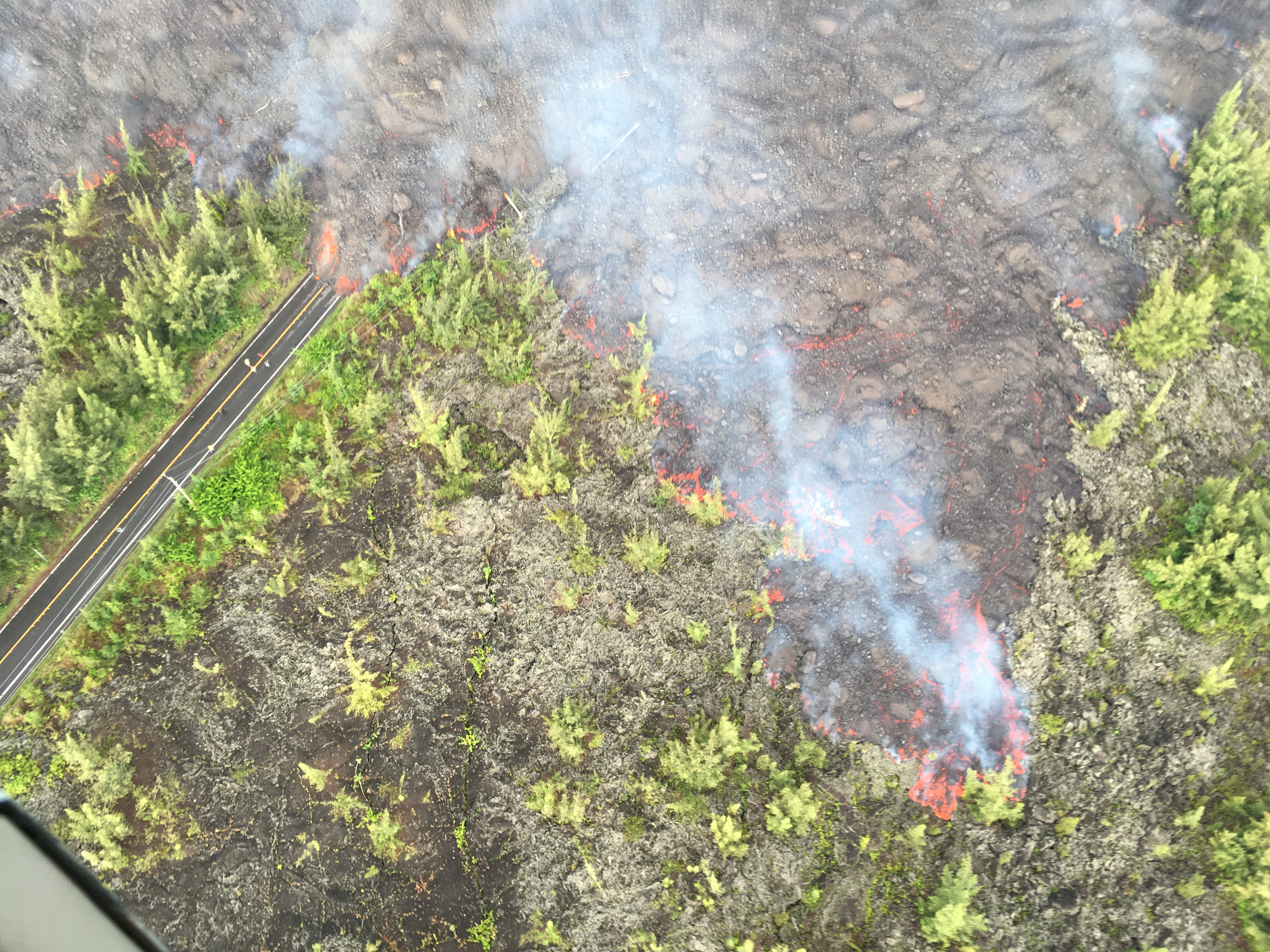 |
| King Kamehameha the Great adorned in leis |
The 146th Annual Lei Draping ceremony of the King Kamehameha statue took place today at the Ali'iolani Hale at 3PM - June 8th, 2018 to honor King Kamehameha the Great.
Keeping in with the Hawaiian tradition, beautiful handmade leis were draped on the outstretched arms of King Kamehameha. A Honolulu Fire Truck was used to drape the leis. City crews and volunteers started sewing the 30 feet plumeria lei on Thursday morning.
The Lei draping ceremony also incorporated a royal court performance, Hawaiian music, and entertainment!
Musical guests this year featured the Royal Hawaiian Band and Raiatea Helm.
 |
| The Royal Hawaiian Band |
 |
| The plumeria lei |
King Kamehameha the Great is also known as Kamehameha I and Kamehameha the First, was the monarch of Hawaii between 1782 and 1819. He is well-known and respected for uniting and establishing the Kingdom of Hawaii in 1810. Kamehameha Day is held in his honor on June 11 each year.
In 1871, Kamehameha V who is the great-grandson of Kamehameha the Great, passed a royal decree that Kamehameha Day should be celebrated. The first Kamehameha day was observed on June 11, 1872, and was one of the first State holidays celebrated after Hawaii became a US state in 1959.
Today, Statues of Kamehameha the Great are in 3 cities in the state of Hawaii, namely Honolulu, Kapaau, and Hilo. Outside the state, there is one statue in the National Statuary Hall on the US Capitol in Washington DC.
During the Kamehameha Day ceremonies, all these statues are draped in lei.
The statue of King Kamehameha in front of Ali‘iōlani Hale was commissioned in Florence, Italy.
King Kalākaua, the seventh monarch and last king of the Hawaiian Kingdom ordered to commission a statue in Florence, Italy to commemorate the founder of the Kingdom, King Kamehameha the Great
On its way from Europe, the ship carrying the bronze statue sank off the Falkland Islands. As the statue was insured, King Kalākaua ordered the second statue. In the meantime, the first statue was recovered, and Honolulu soon had two statues. To honor the birthplace of Kamehameha, King Kalākaua gifted the original statue to the people of Kohala. The second statue stands proudly in front of Ali‘iōlani Hale.
Ali‘iōlani Hale is home to Hawai‘i’s Supreme Court and the King Kamehameha V Judiciary History Center.
The regal women of ‘Ahahui Ka‘ahumanu society string the 30 feet long plumeria lei which serve as a base of lei on the statue – Other leis are adorned on top of these plumeria lei. The Kaʻahumanu Society (official name: ʻAhahui Kaʻahumanu) is a civic club in Hawaii formed by Princess Victoria Kamāmalu in 1864 for the relief of the elderly and the ill. The club celebrates the life of Queen Kaʻahumanu and the preservation of Hawaiian culture at special events like Kamehameha day parade.
Kamehameha Day is officially on Monday, June 11, 2018. The celebrations of the day kicked off today by the lei draping ceremony. This will be followed by a floral parade on Saturday morning, fairs, carnivals and running, horse and cycle races and Hula competitions.
Some of the photos during today ceremony
 |
| The lei is ready |
 |
| The lei in making |
 |
| Carefully getting the lei on the outstretched hand of the statue |
 |
| The fire truck to adorn the lei |
 |
| Blessing of the Lei by the Hawaiian priest |
 |
| Carefully lifting the lei from ground |
 |
| Draping the statue |
 |
| The lei Queen |
 |
| The plumeria lei ready to be adorned |
 |
| Waiting for adorning the lei |
 |
| People watching the ceremony |
 |
| Plumerai Lei |
